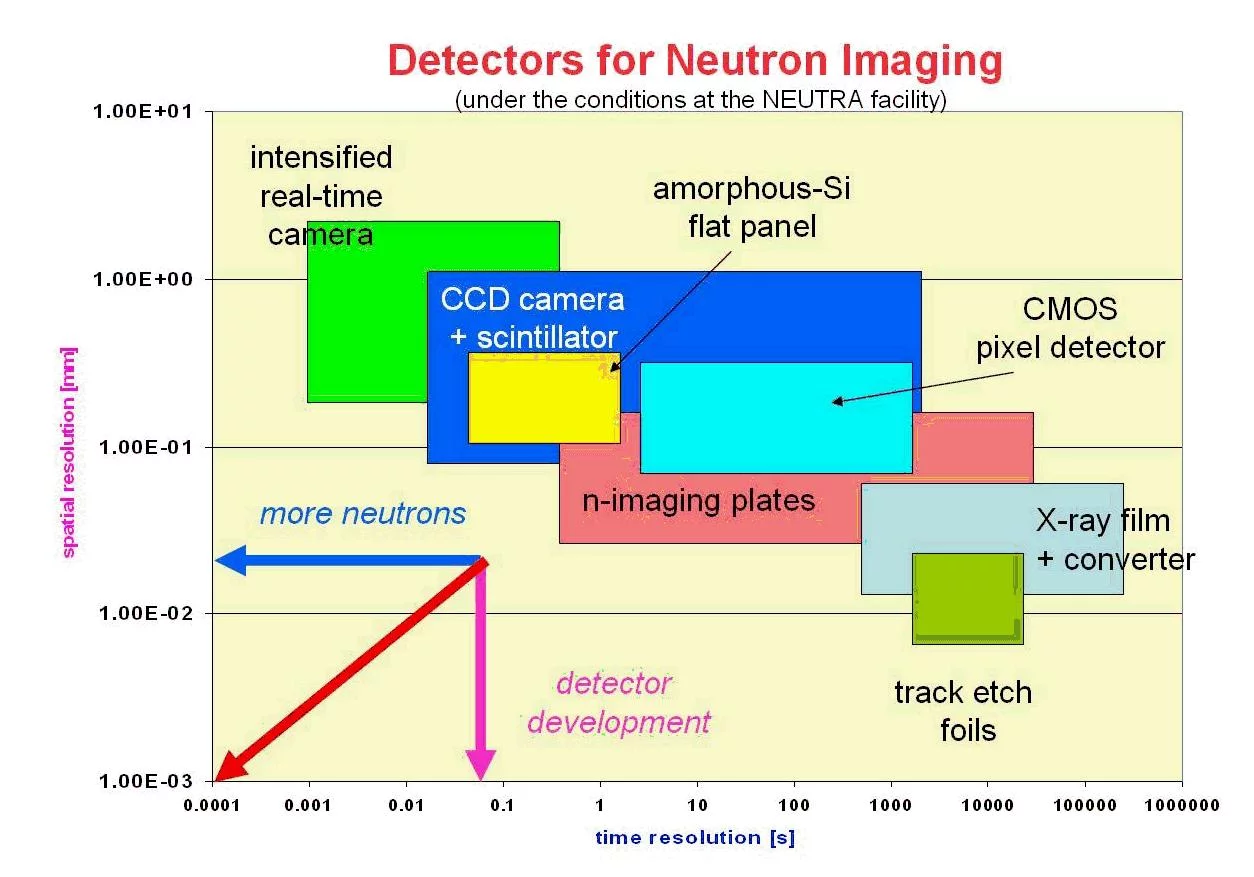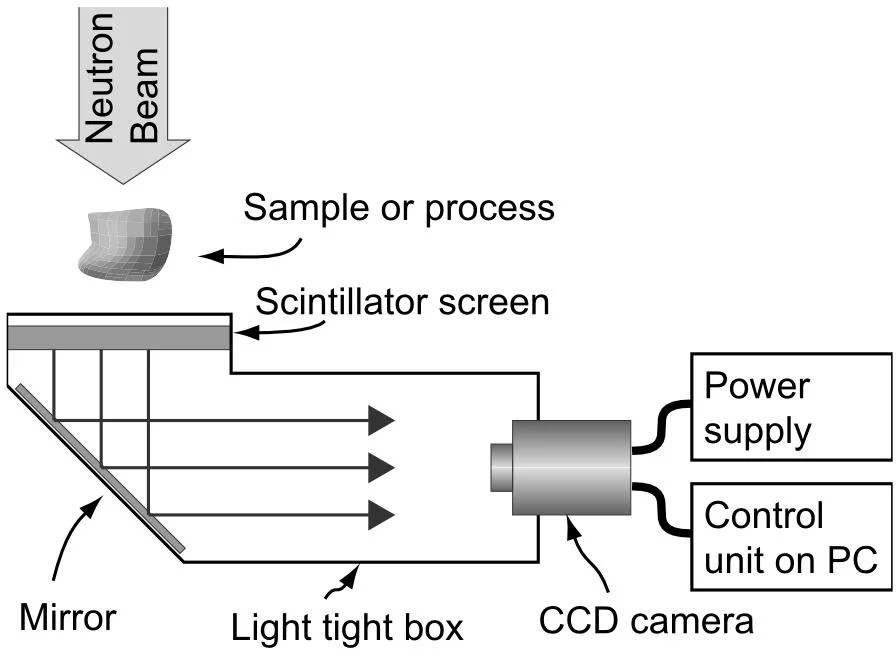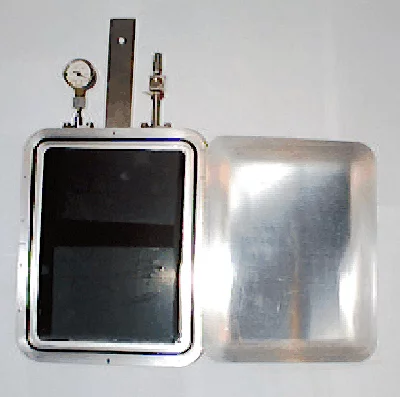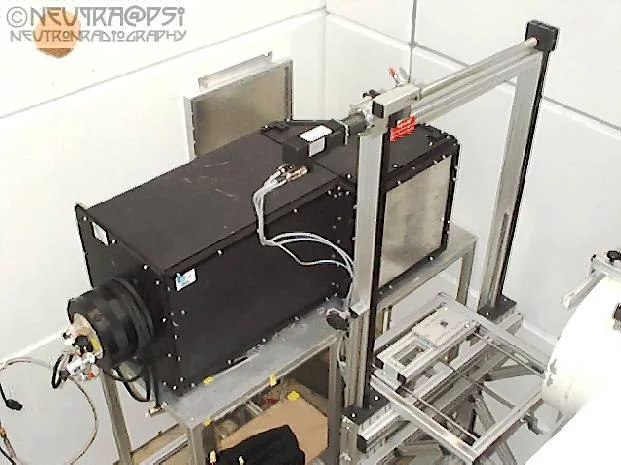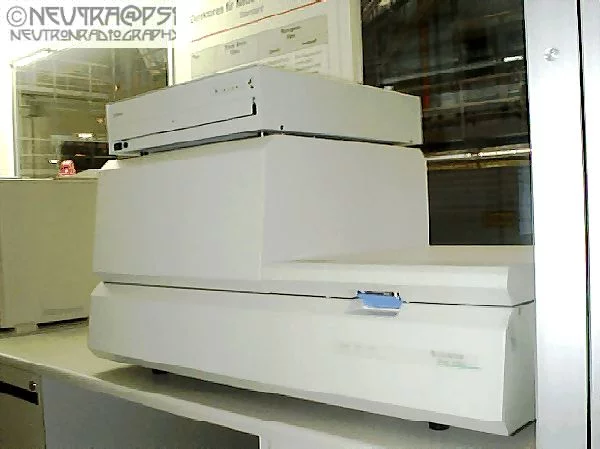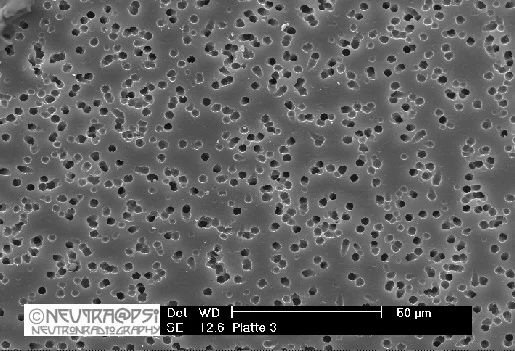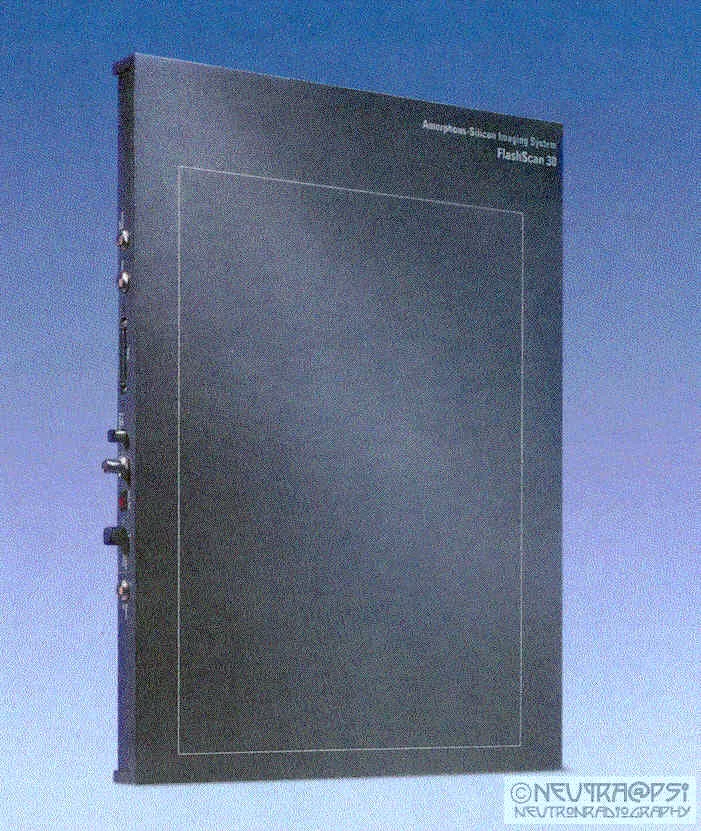Detectors in use for Neutron Imaging (NI) purposes are those, which are able to measure the neutron field in two dimensions perpendicular to the beam direction. Therefore, the detector area should be in the order or larger than the beam cross-section. Further boundary conditions are the spatial and time dependent resolution of the detector, which can be very different among the existing detectors systems. An overview about these parameters is given for the most common systems in figure 8. The inherent detectors properties are mainly given by the detection process, which is a nuclear reaction initiated by the neutrons. The primary detection reactions for thermal neutrons are mainly neutron capture by an absorbing material emitting secondary radiation, which can be used as the real neutrons proof. This is why neutrons have no electric charge and cannot make ionization directly which is needed for the detection.
The most important detection reactions are (for thermal and cold neutrons):
3He + 1n → 3H + 1p + 0.77 MeV
6Li + 1n → 3H + 4He + 4.79 MeV
10B + 1n → ( 7%)7Li + 4He + 2.78 MeV
10B + 1n → (93%)7Li* + 4He + 2.30 MeV + γ (0.48 MeV)
155Gd + 1n → 156Gd + γ + conversion electrons (7.9 MeV)
157Gd + 1n → 158Gd + γ + conversion electrons (8.5 MeV)
113Cd + 1n → 114Cd + γ + conversion electrons
The further process for imaging in radiography based on the previous reactions is possible in different ways:
- by light excitation in a scintillator
- by blackening of a suited film
- by excitation of electronic (metastabile) states in a crystal (imaging plates)
- by creation of micro-traces in special foils (track-etch method)
- by charge separation in a semiconductor material
The following detector systems for radiography have been developed on the basis of the mentioned processes and are in use for different applications:
A summary of important properties of radiography detectors is given below:
| Detector system for digital neutron imaging | X-ray film + transmission light scanner | Scintillator + CCD-camera | Imaging plates | amorphous silicon flat panel |
|---|---|---|---|---|
| Max. spatial resolution (pixel size) [µm] | 20 - 50 | 20 - 500 | 25 - 100 | 127 - 750 |
| Typical exposure time for generation of good images | 5 min | 10 s | 20 s | 10s |
| Detector area (typical) | 18cm x 24cm | 25cm x 25cm | 20cm x 40cm | 30cm x 40cm |
| Number of pixels per line (optimal conditions) | 4000 | 2000 | 6000 | 1750 |
| Dynamic range | 102 (non-linear) | 105 (linear) | 105 (linear) | 103 (non-linear) |
| Digital format | 8 bit | 16 bit | 16 bit | 12 bit |


